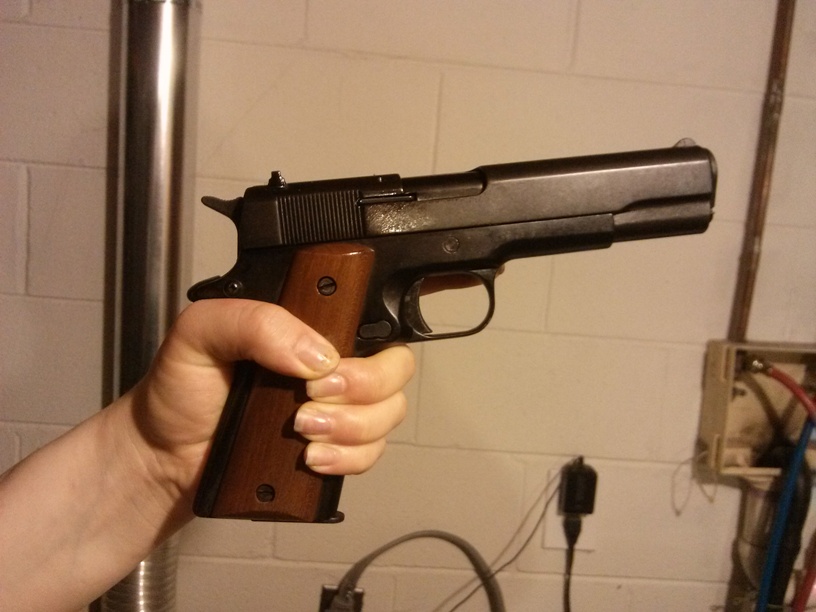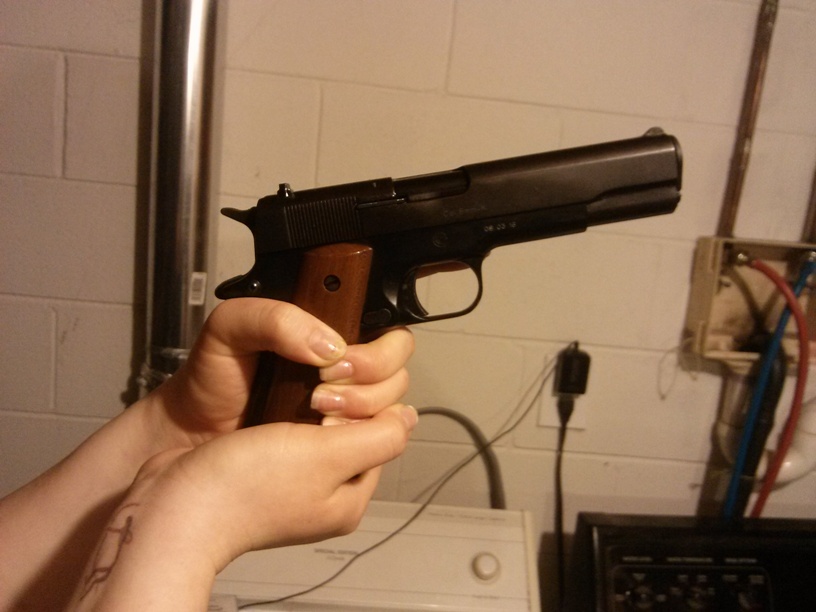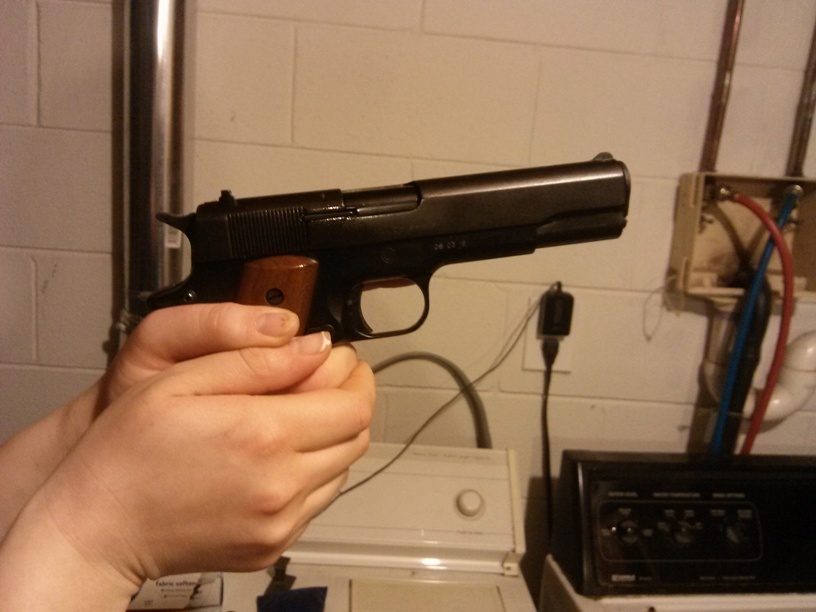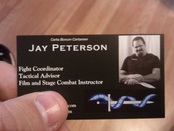Nor am I forgetting now.
Where on average in this country, every day, of every week, for over twenty-five weeks, over a thousand people a day have died.
Alone.
Of a plague we have little inclination to fight but every inclination to use to whatever advantage we can.
A day where everyone from chest-thumping wannabe patriots to hand-wringing professional victims wants to remind us of death and our responses.
And I just want to shake my head. Death? I haven't just flirted with her. She's come out of a crowd to sit in my lap and play with my hair. She's spent the night more than once, and sometimes I made us breakfast.
Death doesn't just come en masse, when it's loud and bright and even sexy in a way you probably won't admit to yourself. She comes in the quiet times, the cold times. She's dressed for comfort and she's come from wherever else she is. She tries to be polite, because it's not often that people like her when she's working.
No, I haven't forgotten at all.
But I also remember how remembrance only takes us so far.







 RSS Feed
RSS Feed
